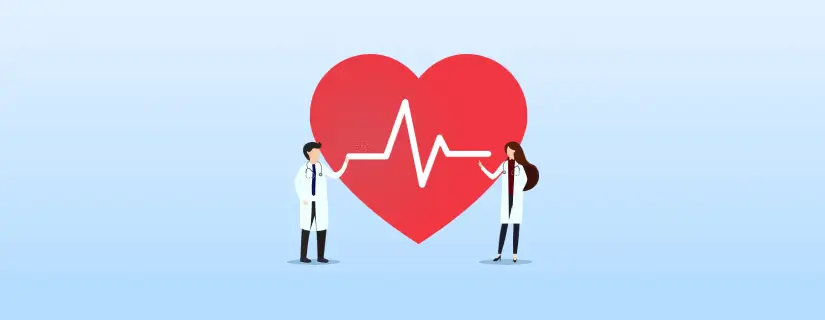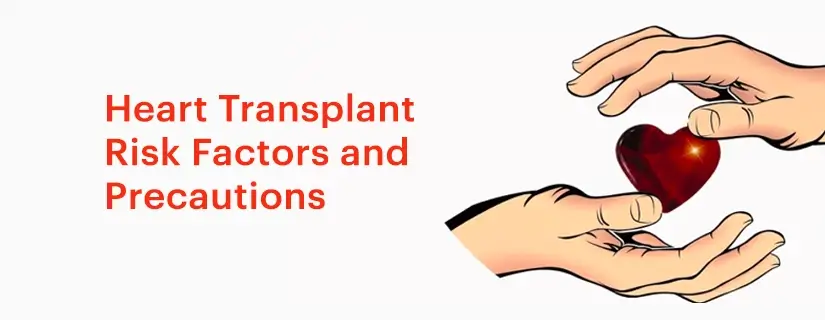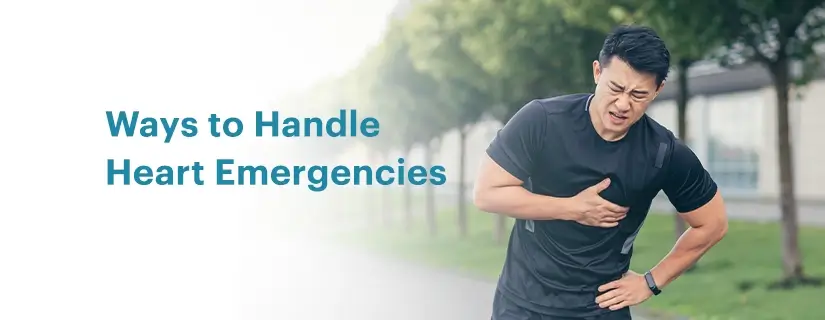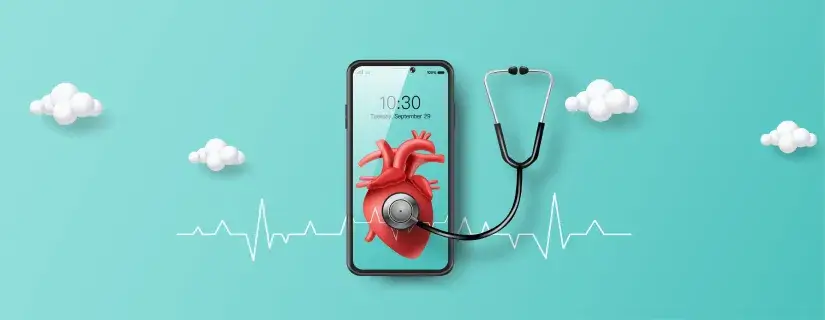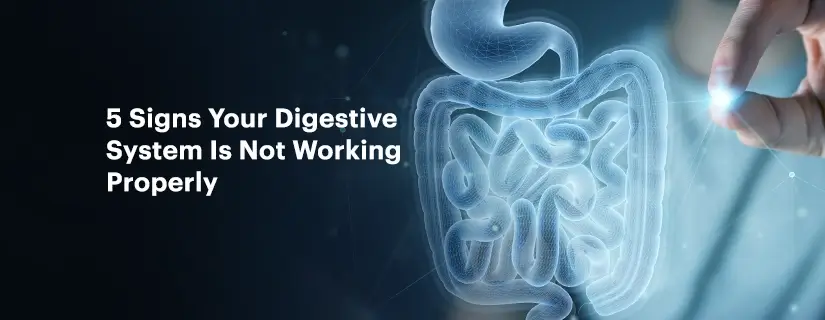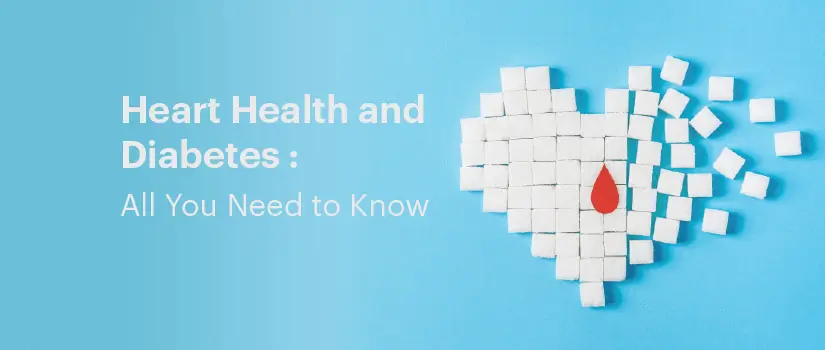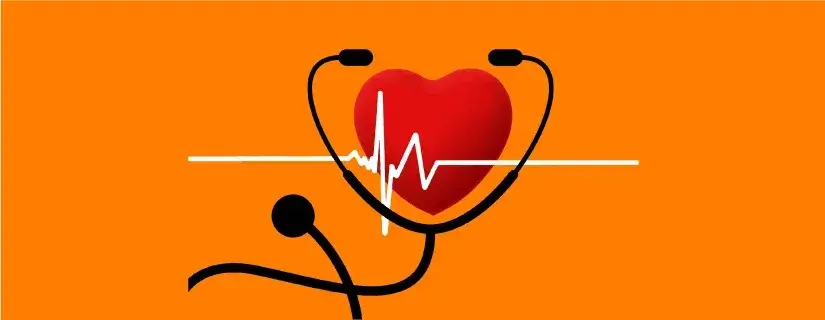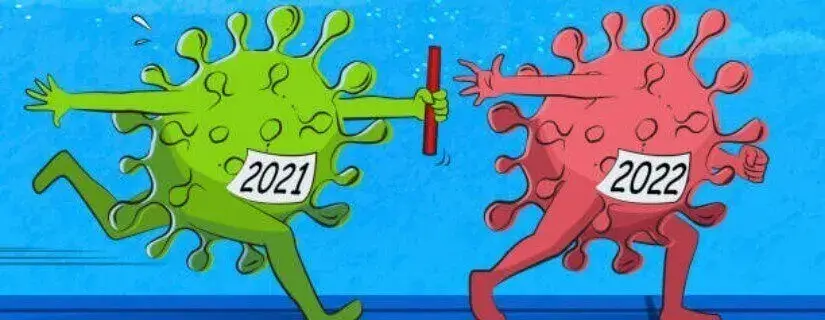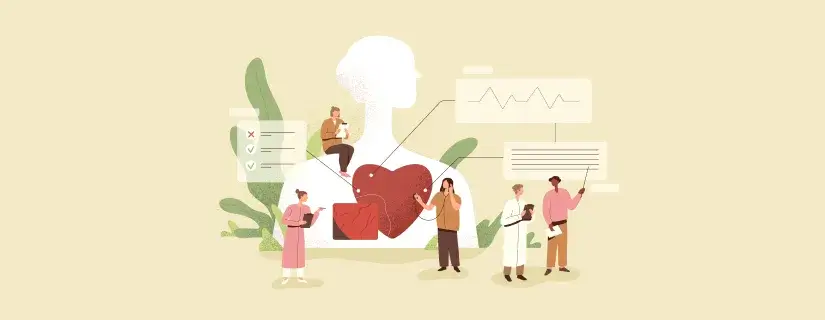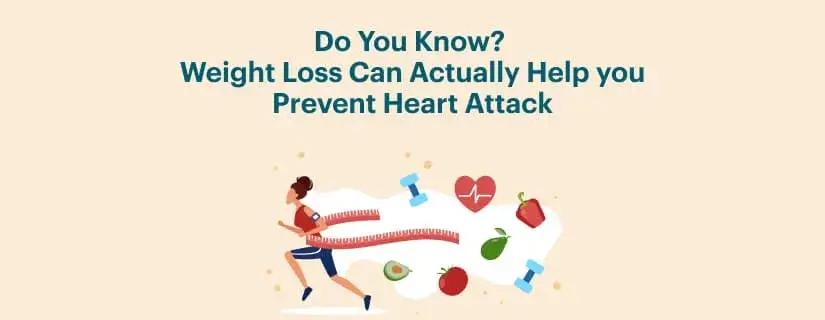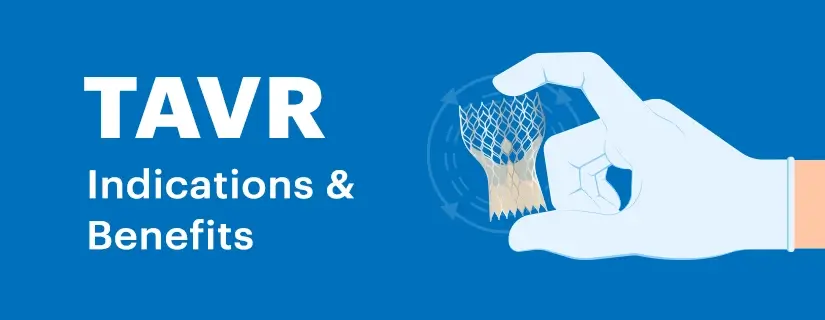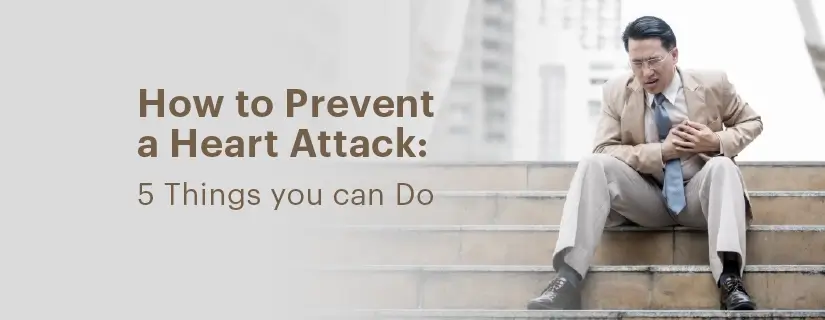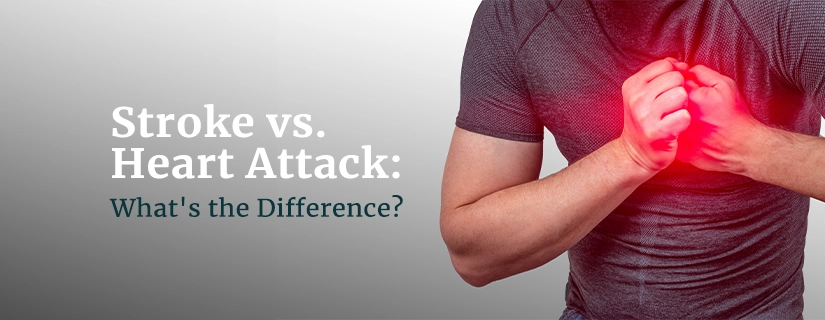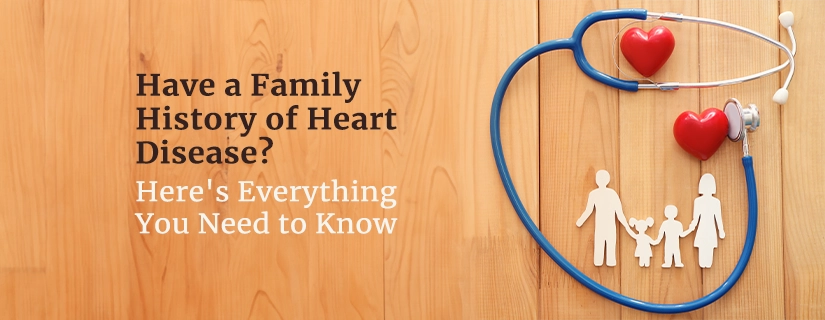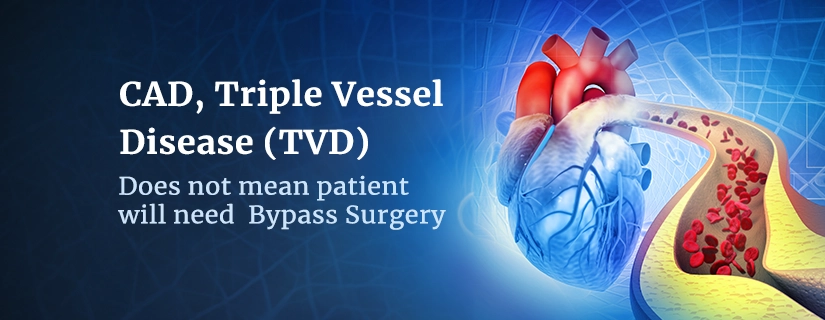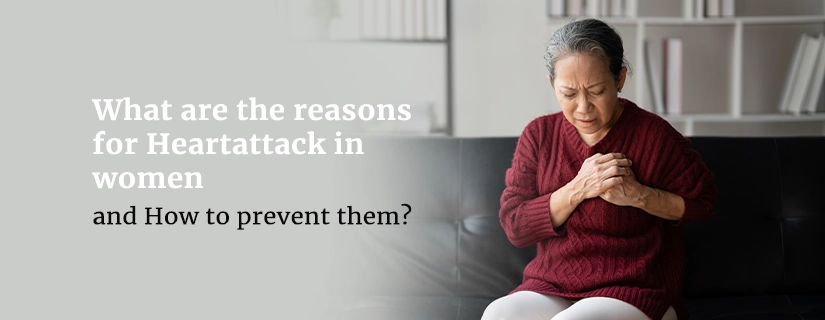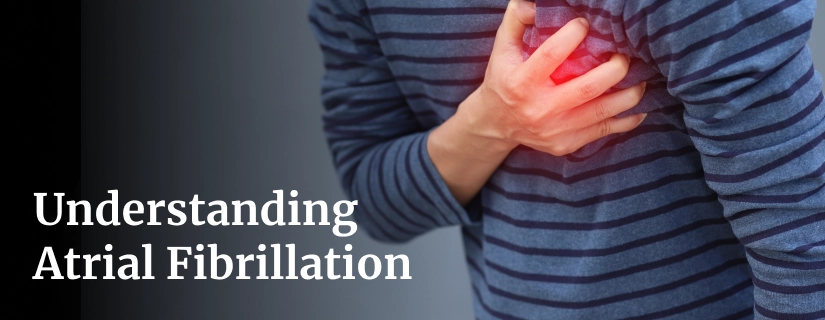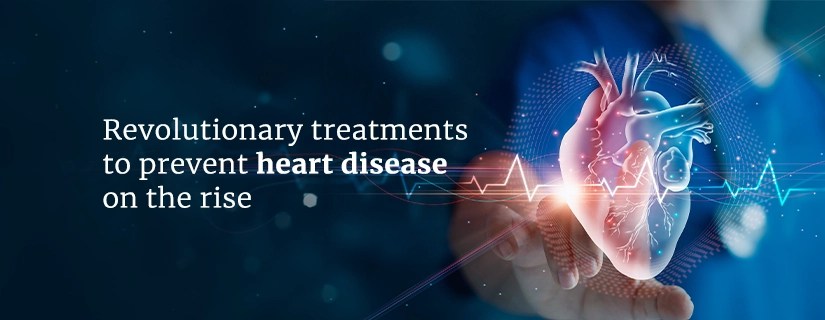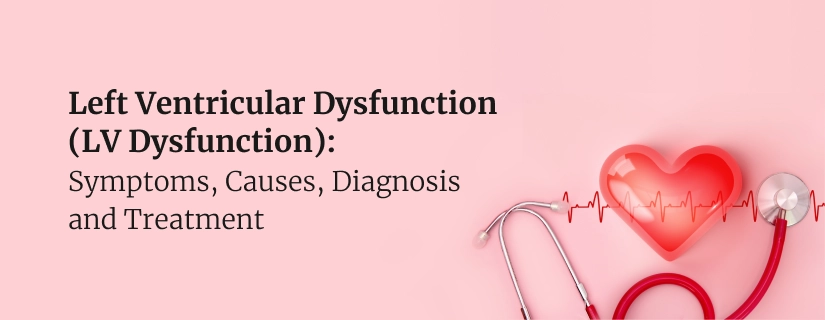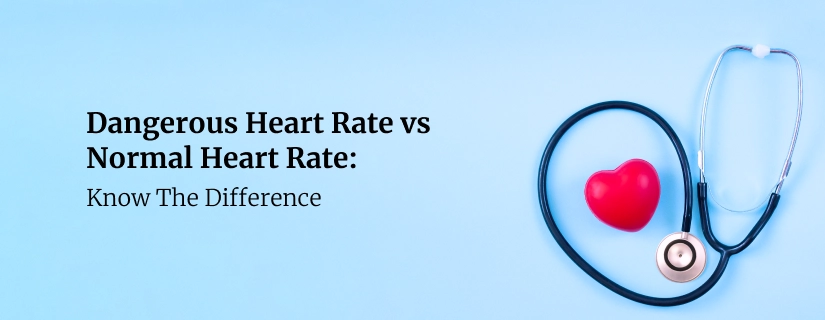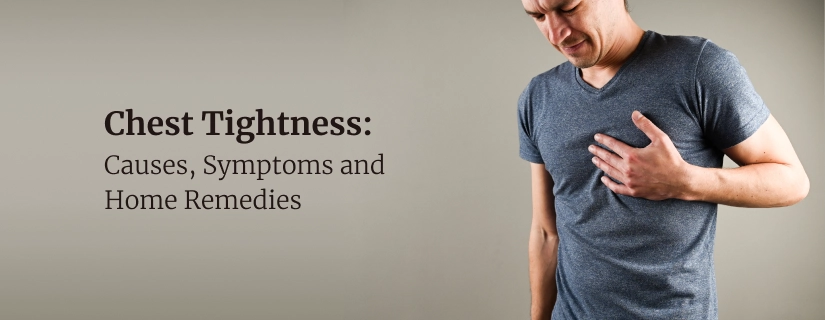-
Doctors
-
Specialities & Treatments
Centre of Excellence
Specialties
Treatments and Procedures
Hospitals & Directions HyderabadCARE Hospitals, Banjara Hills CARE Outpatient Centre, Banjara Hills CARE Hospitals, HITEC City CARE Hospitals, Nampally Gurunanak CARE Hospitals, Musheerabad CARE Hospitals Outpatient Centre, HITEC City CARE Hospitals, Malakpet
HyderabadCARE Hospitals, Banjara Hills CARE Outpatient Centre, Banjara Hills CARE Hospitals, HITEC City CARE Hospitals, Nampally Gurunanak CARE Hospitals, Musheerabad CARE Hospitals Outpatient Centre, HITEC City CARE Hospitals, Malakpet Raipur
Raipur
 Bhubaneswar
Bhubaneswar Visakhapatnam
Visakhapatnam
 Nagpur
Nagpur
 Indore
Indore
 Chh. Sambhajinagar
Chh. SambhajinagarClinics & Medical Centers
Book an AppointmentContact Us
Online Lab Reports
Book an Appointment
Consult Super-Specialist Doctors at CARE Hospitals
Silent Heart Attack: Causes, Symptoms, Risks, Diagnosis and Treatment
Updated on 16 November 2023
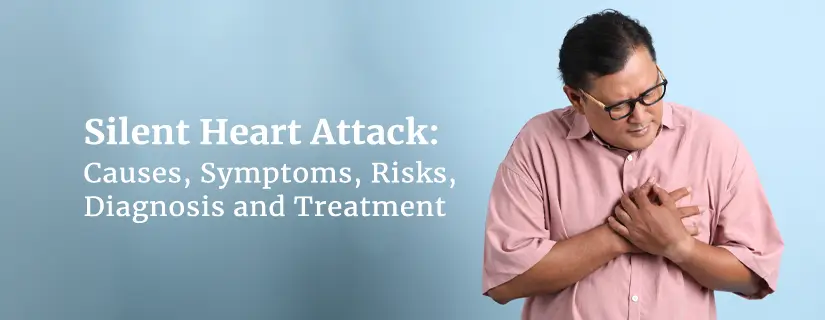
A heart attack, also known as a cardiac arrest, is a condition that occurs when the blood flow in the body is obstructed. Blood that is pumped into the body by the heart is unable to return to the heart. This may be due to multiple reasons, the most common being blocked arteries due to the build-up of deposits of fat and cholesterol. This interrupts the proper flow of blood from the heart to the organs and back to the heart.
Heart Attacks generally come with some recognisable symptoms, which, if identified in time, can help save a person’s life. However, sometimes, it may be a silent heart attack. Simply put, this just means that the cardiac arrest doesn’t have any symptoms that may contribute to a heart attack. Some common symptoms, such as shortness of breath, chest pain on the left side, pain in the arm, etc., are either not present or, if present, are not recognised as a heart attack.
Risk Factors
A sedentary lifestyle is one of the most common causes of a heart attack. People as young as 30 are suffering from silent heart attacks. However, research has shown that women are more prone to suffering from a silent heart attack than men.
Some common risk factors may also contribute to the reason for a silent attack. These risk factors include-
- Excessive smoking and drinking habits
- Unhealthy eating habits
- Cholesterol and Trans fat
- Obesity
- Hypertension
- Family history of cardiac arrests, heart diseases, etc.
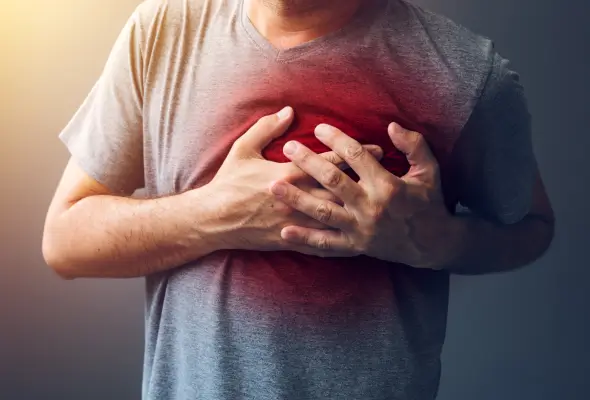
Causes of a Silent Heart Attack
Essentially, a heart attack is a heart disease that is caused due to the restriction of the flow of the oxygen-rich blood that travels to the heart. This causes the heart to be deprived of the required blood flow and the organ cannot function properly. The primary cause of a silent heart attack is blocked arteries which carry the oxygen-rich blood to the heart.
This blockage may be caused by the build-up of plaque due to fat or a blood clot, which is formed when a small piece of plaque is mixed in the blood flow.
An uncommon cause of a silent heart attack may also be a spasm of the coronary artery, which carries the blood to the heart. This may restrict the blood flow and cause a heart attack.
Symptoms of a Silent Heart Attack
Often, we believe that a heart attack has easily recognizable and very clear symptoms. However, symptoms of a silent heart attack may not be so clear-cut. The pain may just be an ache; you might confuse it with pain related to gas or a muscle pull in the arm and shoulder region.
Failing to recognize the subtle silent heart attack symptoms may cause serious harm to the heart and other organs and may even be fatal. Therefore, understanding these less-than-clear signs of the body is of utmost importance.
Some of the most common symptoms of a silent cardiac arrest are as follows-
- Breathing Difficulty: One of the first and most common symptoms of a silent heart attack is difficulty in breathing. Keep an eye out for this symptom whenever you do something even slightly strenuous, such as climbing a few stairs or walking a short distance. In a healthy body, these activities will generally not cause shortness of breath, dizziness, or nausea. However, if an individual is having a silent heart attack, this could be a clear sign that there is a lack of oxygen in their organs, and they may be going through a cardiac arrest.
- Chest Pain: Chest pain is one of the most important and concerning symptoms of a heart attack. In case of a silent attack, the pain may not be sharp or punching. It may simply be an ache or discomfort that people might associate with pain related to gastronomical issues or heartburn. Different people who have suffered from a silent cardiac arrest have described this pain in different ways. It can be a feeling of fullness in the chest area, a feeling of pressure on the left side of the body, general discomfort in the upper left area of the torso, or a painful feeling on the left side of the ribcage.
- Nausea and Sweating: While sleeping, an individual may feel heart palpitations, a feeling of nausea and vomiting, or they may start sweating even though they haven’t done any physical activity. These symptoms are more commonly ignored by people as normal bodily functions or flu symptoms when they are not feeling well. But, coupled with any other major symptom of a silent cardiac arrest, any of these symptoms of a silent attack can be concerning.
- Pain and Discomfort in Other Body Parts: Along with chest pain, the other body parts are also affected due to not receiving appropriate amounts of oxygen since the blood flow is obstructed. This may cause discomfort and pain in the arms (highly concerning if it is the left arm), neck, and jaw. Discomfort may also be felt in the upper back area and abdomen.
Diagnosis
Once the symptoms are recognized, the best way to prevent any more damage or potential fatality is to visit a doctor or a hospital for immediate treatment. The symptoms of a silent heart attack may also be common with other things, however, getting checked by a healthcare professional is necessary to understand the underlying issues.
The doctor may use tests like echocardiogram, electrocardiogram, stress test, tomography, or angiography to diagnose whether an individual suffered from a heart attack.
Treatment and Recovery from a Silent Heart Attack
The first line of treatment is through oral medicines like aspirin which is a blood thinner and can prevent clotting. An anticoagulant may also be administered to stop blood clotting. Oxygen therapy, medication for blood pressure regulation, and beta blockers may also be given depending upon the patient’s history, severity of the silent attack, risk of future heart attack, etc.
Recovery from a silent heart attack takes time and patients are often advised to eat healthy, lower their fat intake, lower cholesterol levels, and engage in mild exercise daily. Advice from a healthcare professional needs to follow religiously to recover from a silent heart attack and also prevent another one from occurring.

ENQUIRY FORM
SELECT CATEGORIES
-
Neurosciences (16)
-
Neurology (37)
-
Neurosurgery (14)
-
Orthopaedics (48)
-
Oncology (33)
-
Obstetrics and gynecology (51)
-
Pulmonology (23)
-
Urology (20)
-
Nephrology (13)
-
Psychiatry (7)
-
Dietetics and Nutrition (111)
-
General Medicine (63)
-
Cardiac Sciences (30)
-
Vascular & Endovascular Surgery and Interventional Radiology (10)
-
Gastroenterology (46)
-
Endocrinology (23)
-
Plastic Surgery (10)
-
Critical Care Medicine (5)
-
COVID-19 (16)
-
Dermatology (16)
-
Emergency Care (1)
-
Ophthalmology (4)
-
Pediatrics (14)
-
Laparoscopic and Bariatric Surgery (8)
-
ENT (15)
-
Kidney Transplant (1)
-
Liver Transplantation and Hepatobiliary Surgery (5)
-
General Surgery (3)
-
Internal Medicine (5)
-
Medicine Information
Difference between Angioplasty and Angiography
Normal Heart Rate: Range, When It's Dangerous, and More
YOU MAY ALSO LIKE
RECENT BLOGS
-
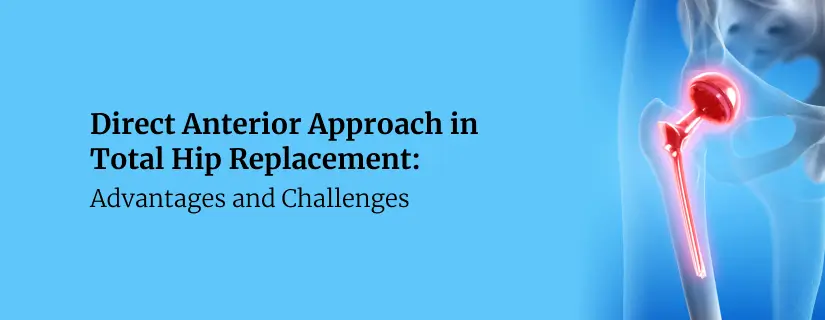
Direct Anterior Approach in Total Hip Replacement: Advantages and Challenges
10 April 2025
Read More
-
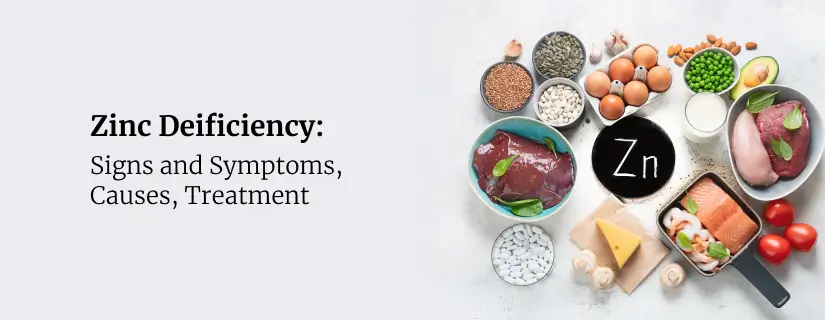
Zinc Deficiency: Signs and Symptoms, Causes, Treatment
9 April 2025
Read More
-
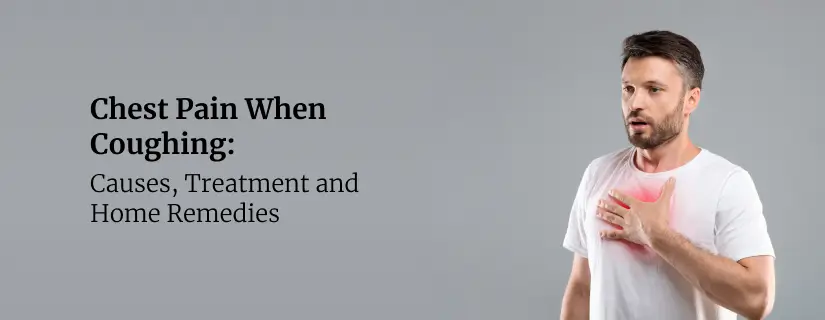
Chest Pain When Coughing: Causes, Treatment and Home Remedies
9 April 2025
Read More
-

12 Health Benefits of Eating Mushrooms
8 April 2025
Read More
-
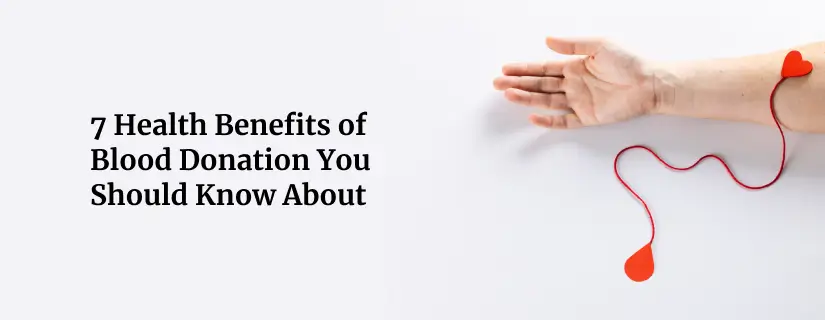
7 Health Benefits of Blood Donation You Should Know About
8 April 2025
Read More
-

Implantation Bleeding Vs Periods: Know the Difference
28 February 2025
Read More
-

Bloating During Ovulation: Symptoms, Causes and Remedies
28 February 2025
Read More
-
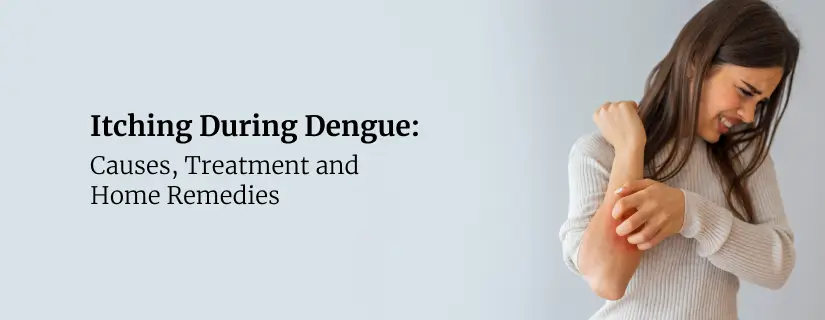
Itching During Dengue: Causes, Treatment and Home Remedies
18 February 2025
Read More
Have a Question?
If you cannot find answers to your queries, please fill out the enquiry form or call the number below. We will contact you shortly.


